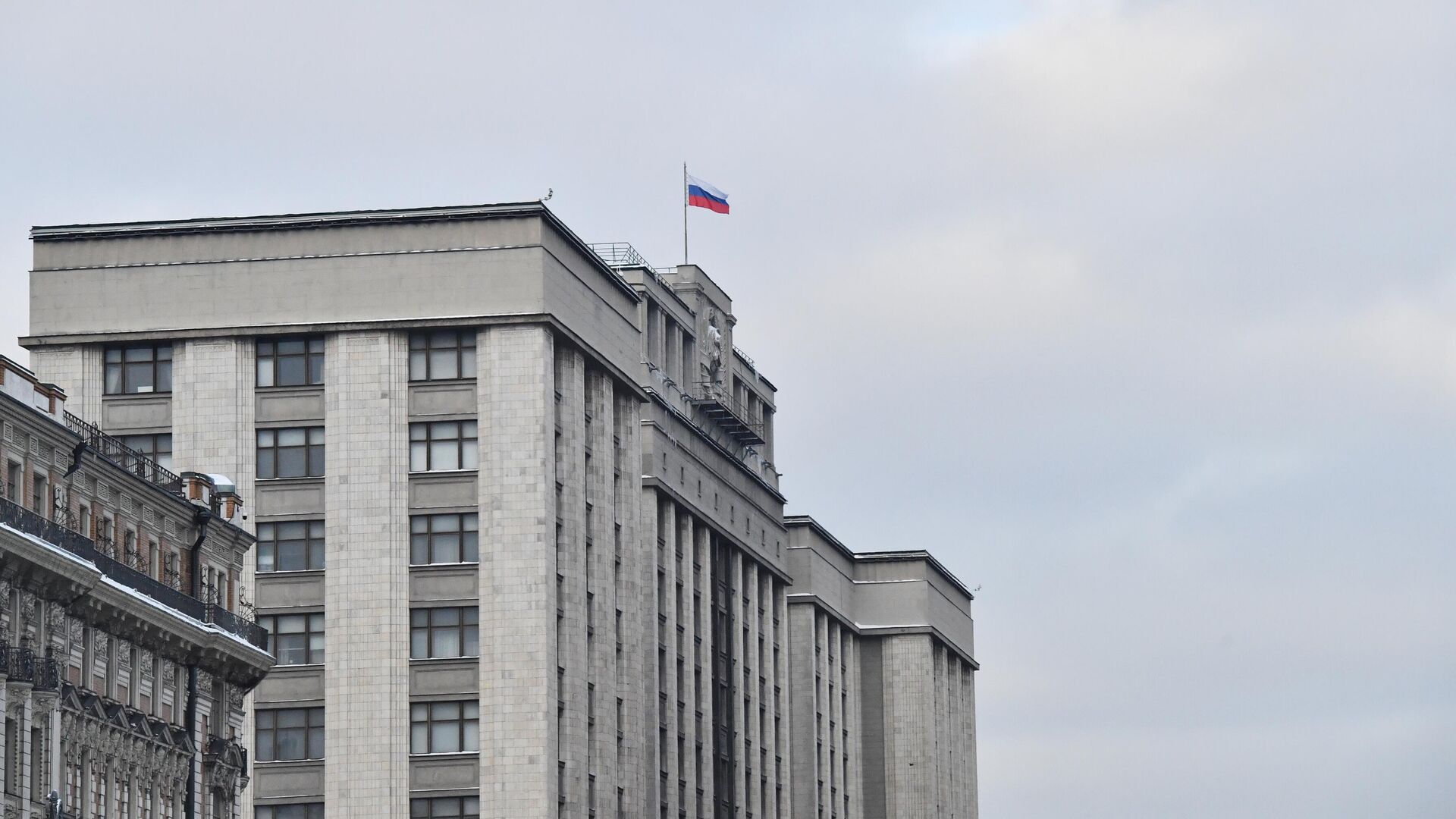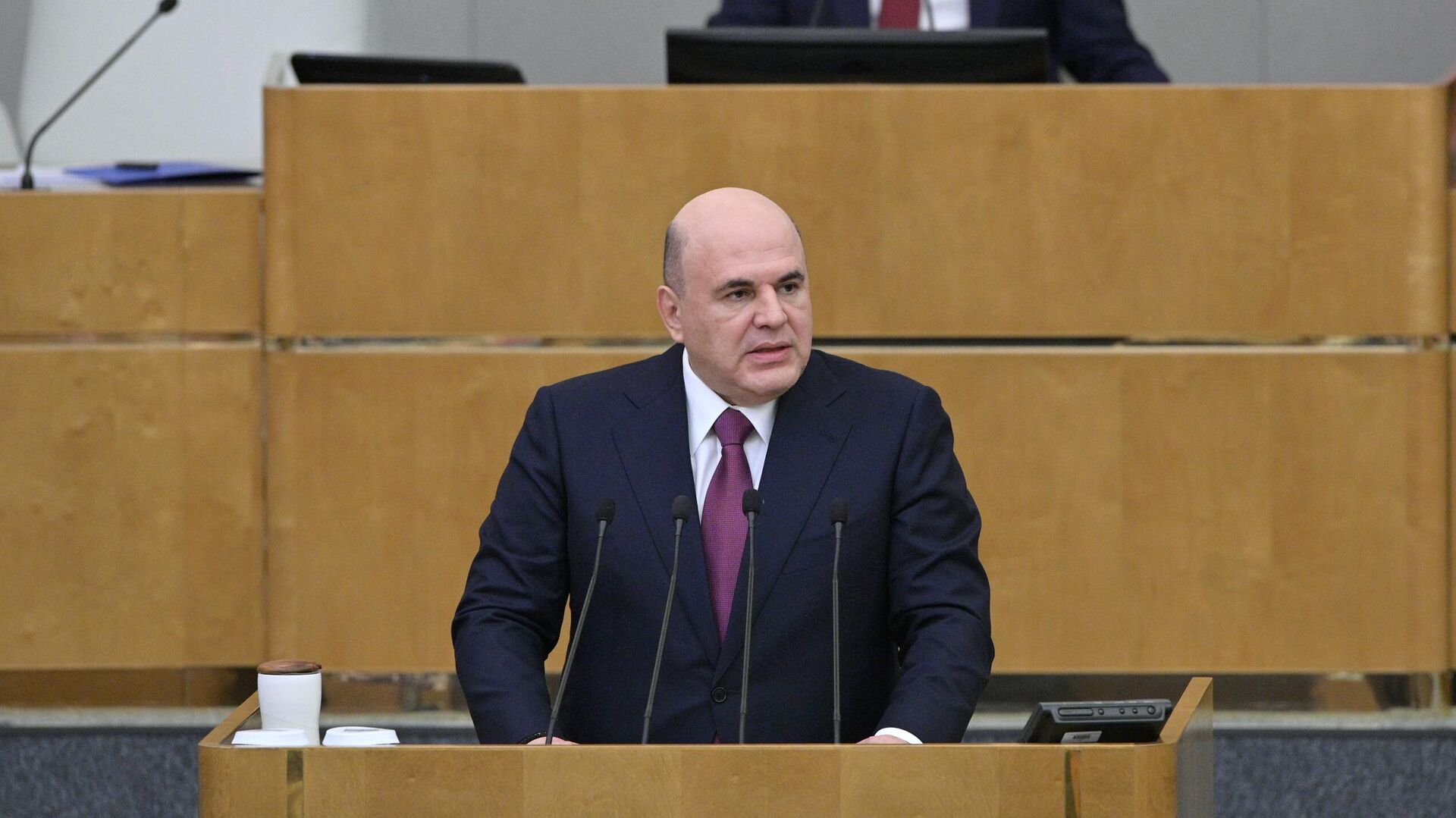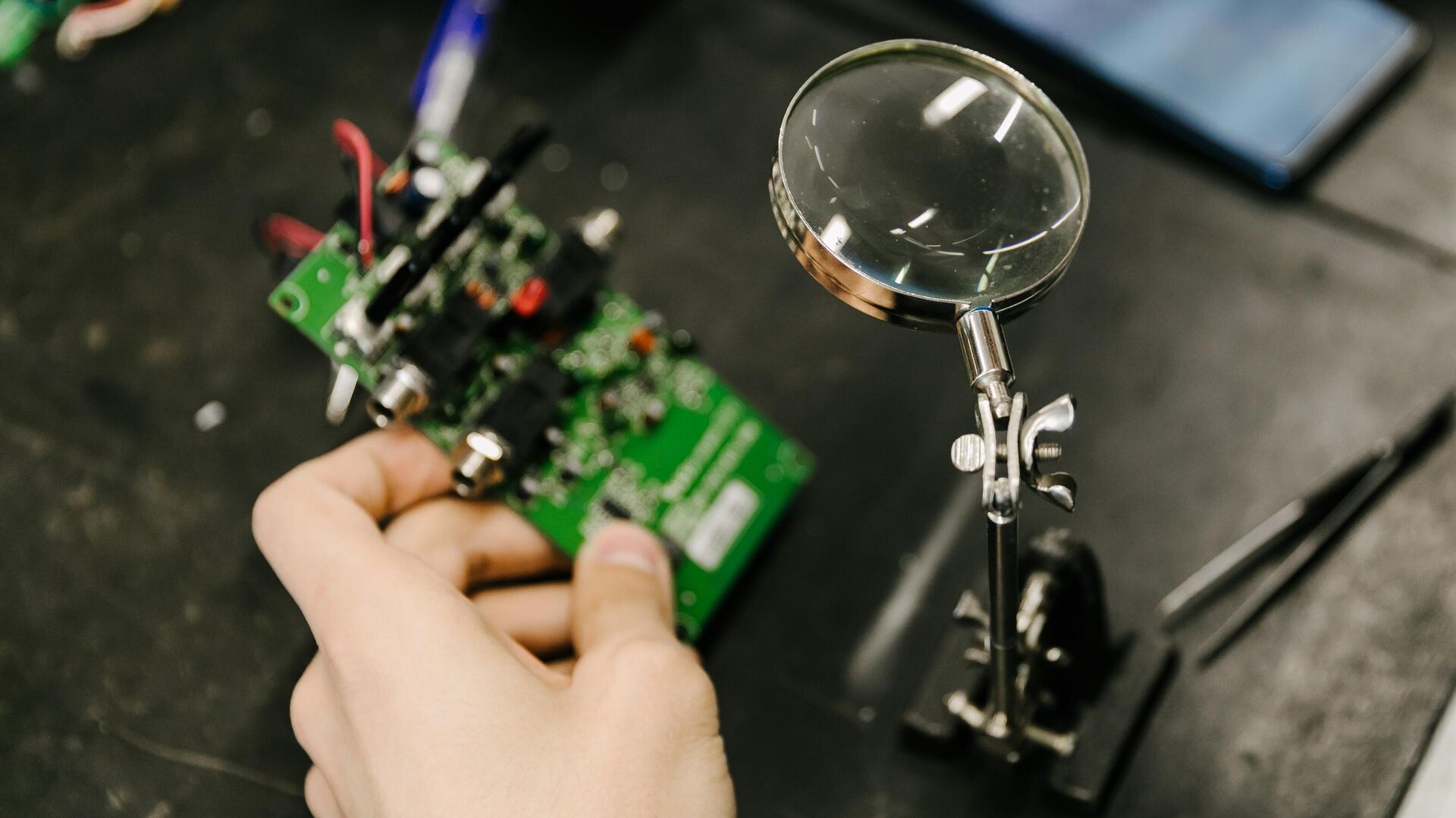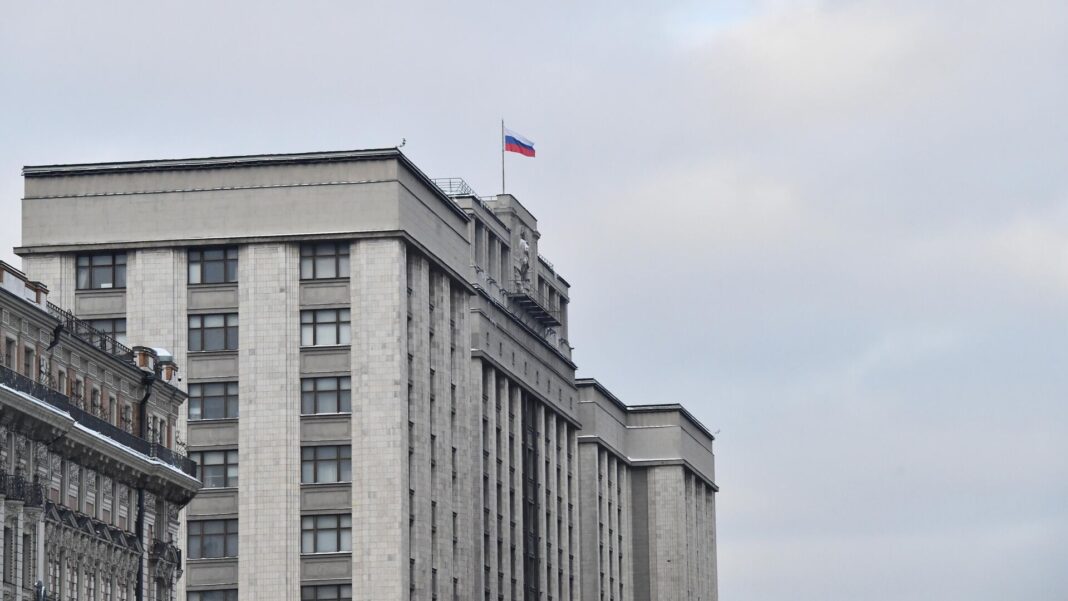
MOSCOW, May 23.The government has submitted to the State Duma a bill on technology policy in the Russian Federation, aimed at ensuring the country's technological sovereignty, as follows from the database of the lower house of parliament.
The document was prepared by the Ministry of Economic Development together with the Ministry of Industry and Trade and the Ministry of Education and Science on behalf of Russian President Vladimir Putin. It was developed in order to ensure the technological sovereignty of Russia and create conditions for the accelerated development and implementation of technological innovations to solve socio-economic problems. 
At the same time, the goals, objectives and instruments of the technological policy of the Russian Federation to ensure technological sovereignty are determined and legal relations in this area are regulated. The bill creates a management system for the full cycle of development of proprietary technologies, according to the website of the Ministry of Economic Development with reference to its head Maxim Reshetnikov.
“We are forming a unified conceptual framework for everyone who works with technology. We are planning to launch a technology classifier, which will allow us to synchronize and coordinate plans for technical development in various industries. We are also forming a digital twin of technology development,” explains Reshetnikov. The general guideline in this work is the May presidential decree, on the basis of which the bill forms the tools with the help of which technological leadership will be achieved.  < br />The first of them is projects to attract investment and create long-term demand for finished products. At the same time, a qualified order function for technology development appears. The second tool is agreements between business and the state. With their help, the development of new markets based on cross-industry or “end-to-end” technologies will continue. For example, artificial intelligence, quantum computing and communications, technologies of new materials and substances. There are 12 agreements in total.
< br />The first of them is projects to attract investment and create long-term demand for finished products. At the same time, a qualified order function for technology development appears. The second tool is agreements between business and the state. With their help, the development of new markets based on cross-industry or “end-to-end” technologies will continue. For example, artificial intelligence, quantum computing and communications, technologies of new materials and substances. There are 12 agreements in total.
At the same time, it is proposed to change the approach to technology development itself, moving from short-term to long-term planning. Technology development plans will be drawn up based on the needs of industries over a 10-15 year horizon, Reshetnikov emphasized. One of the key novelties of the bill was the expansion of the “right to risk” in cases of providing support to bona fide technology companies.
This reduces the risks of receiving government support and failure to meet stated targets. The bill also creates a unified conceptual apparatus, including the introduction of definitions of technology policy and sovereignty, high-tech products, critical and end-to-end technologies, a qualified customer, and our own technology development line. Based on proposals from businesses, development institutions and scientists, a mechanism is provided for the formation of technology development plans.


